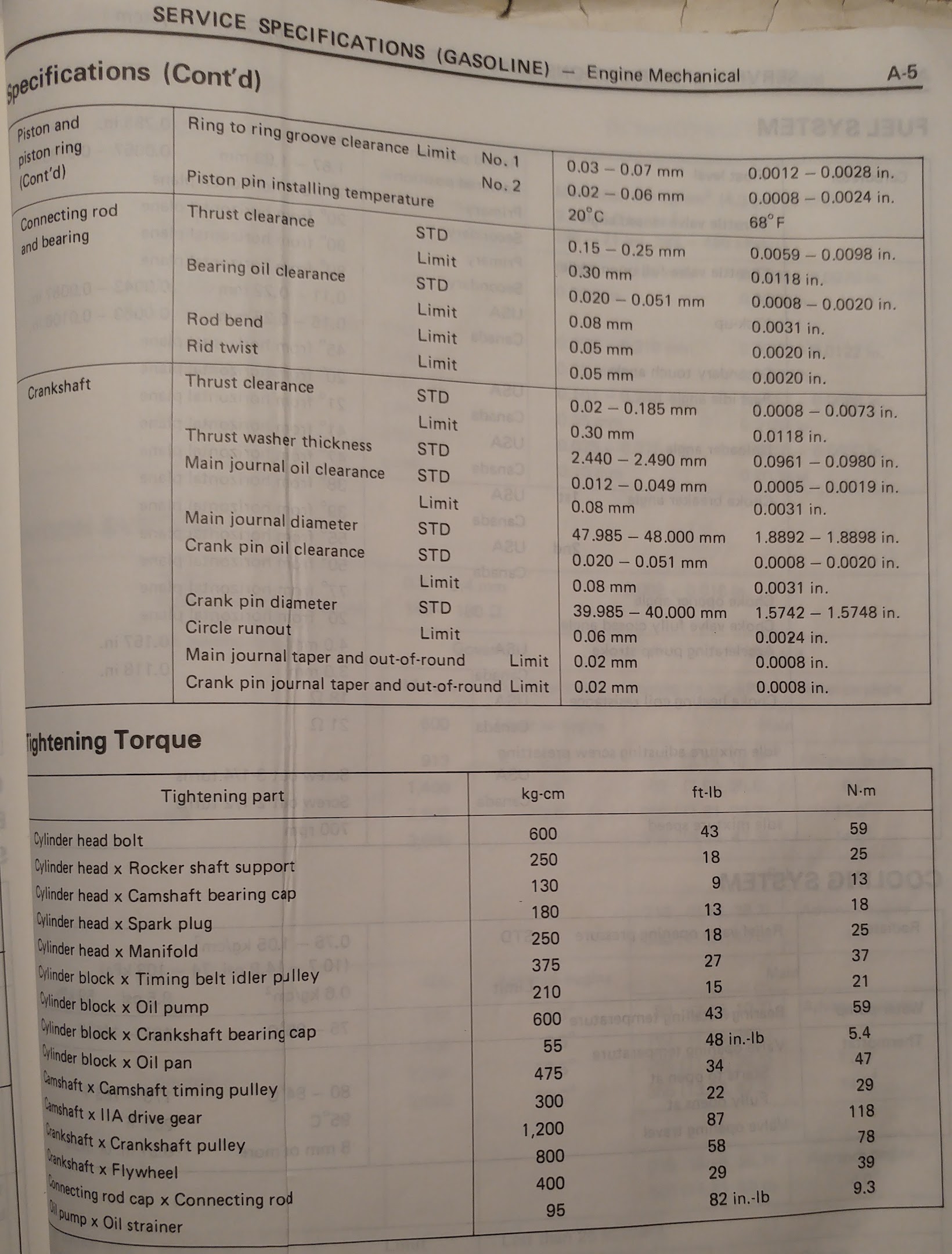Originally Posted By: Gokhan
Originally Posted By: Shannow
opened up to 1.2 thou per inch
I had no idea what "thou" meant and I had to look it up. It's not used in US English.
It makes sense that it's expressed as a dimensionless parameter like the eccentricity.
However, I don't expect a linear scaling at the end of the day with all the parameters out there, including surface roughness, particle size, etc.
OK, again what I said...it's the ratio that we START at...then move from there.
Originally Posted By: Shannow
Should have continues after the "start"...that's where we "start" in bearing design, a ratio of1 thou per inch, we don't start radial clearance.
The clearance, per the somerfed numbers on the bearing design charts is a ratio, not a linear dimension.
Then from that point you go through an iterative process of stability, temperature rise, side leakage etc.
I've never designed for particle size, and have never seen that designed into bearings...we filter the lubricant to remove particles.
But I'll humour you for a little.
IF you designed a bearing to clear a particle of a certain size, i.e. have it pass through the area of MOFT without scoring or scratching, you would have to specify firstly the acceptable MOFT...then go to the design curves...

And when you do that you pick a STARTing set of dimensions, which is typically 0.001" per inch of diameter, or in metric, 1 micron per mm...that's the advantage of deminesionless numbers, they translate into other measuring systems.
Then you go through the various phases of the design...side leakage and power loss determines the heat rise, which is then fine tuned with clearance, supply pressure etc. until you reach the operating point.
But, and I'll reiterate, I've NEVER designed for particle swallowing. You could never attain the MOFT within the bounds of reason to swallow anything significant...tell me what size particle these people designed their big end to swallow.

Some more on your misunderstanding of HTHS when it comes to bearings...













